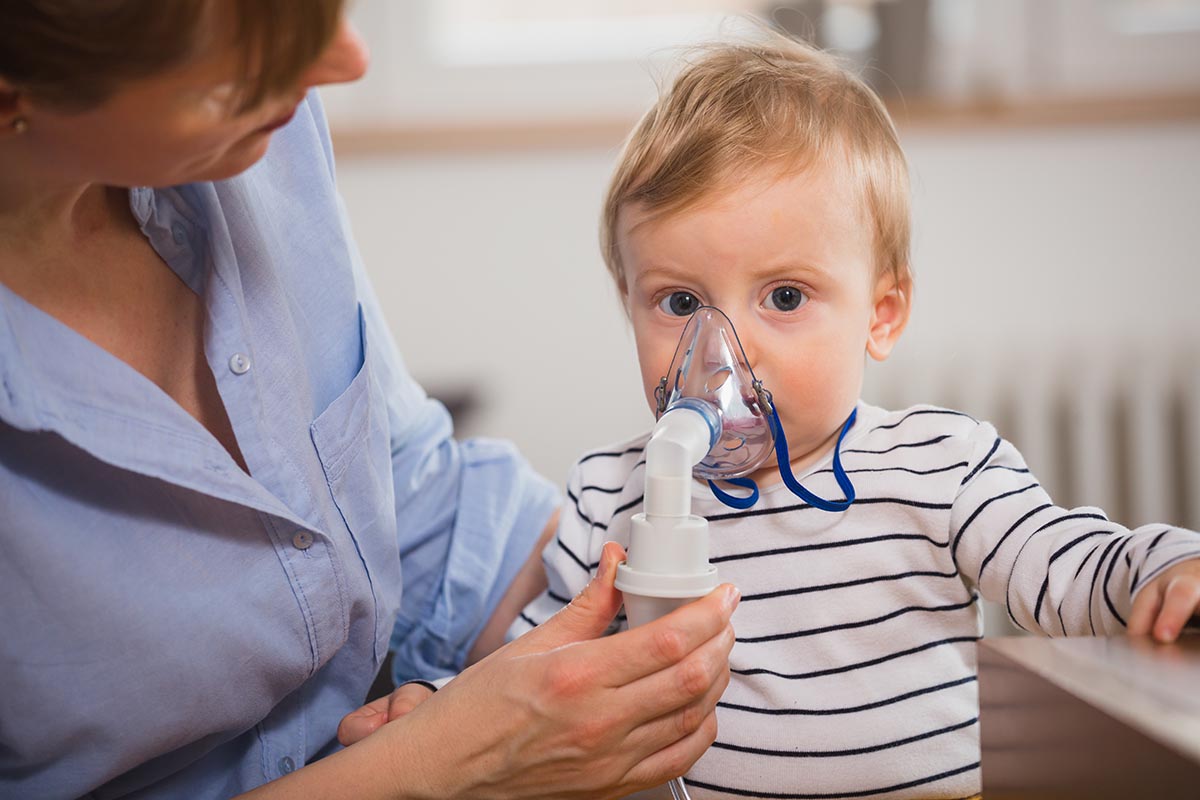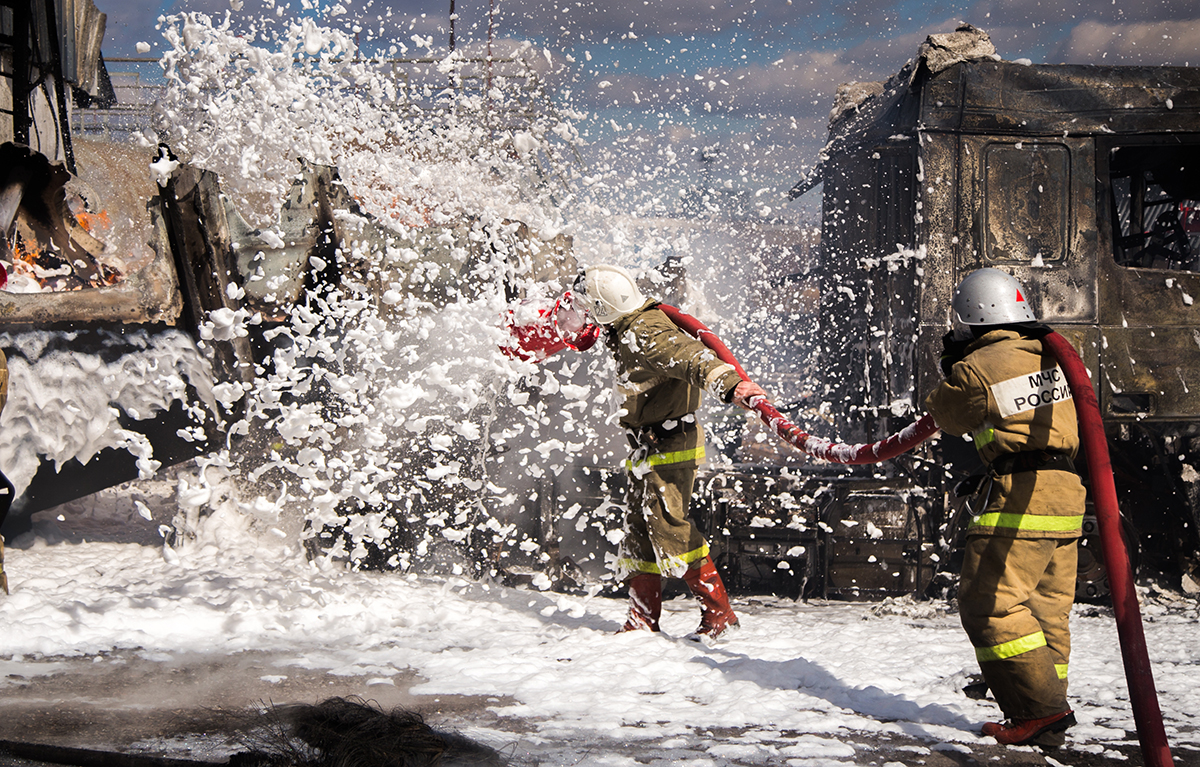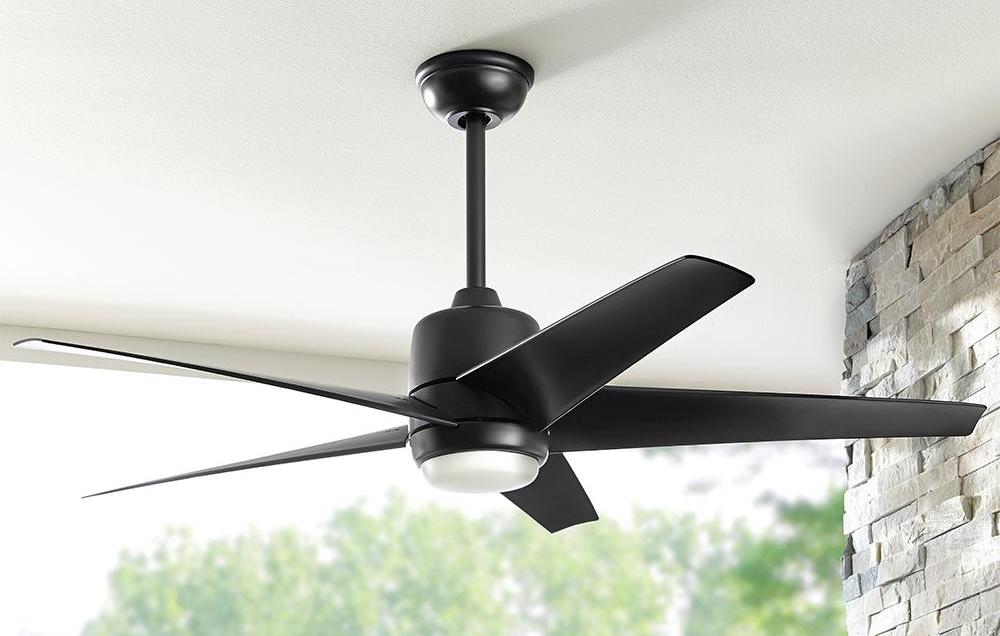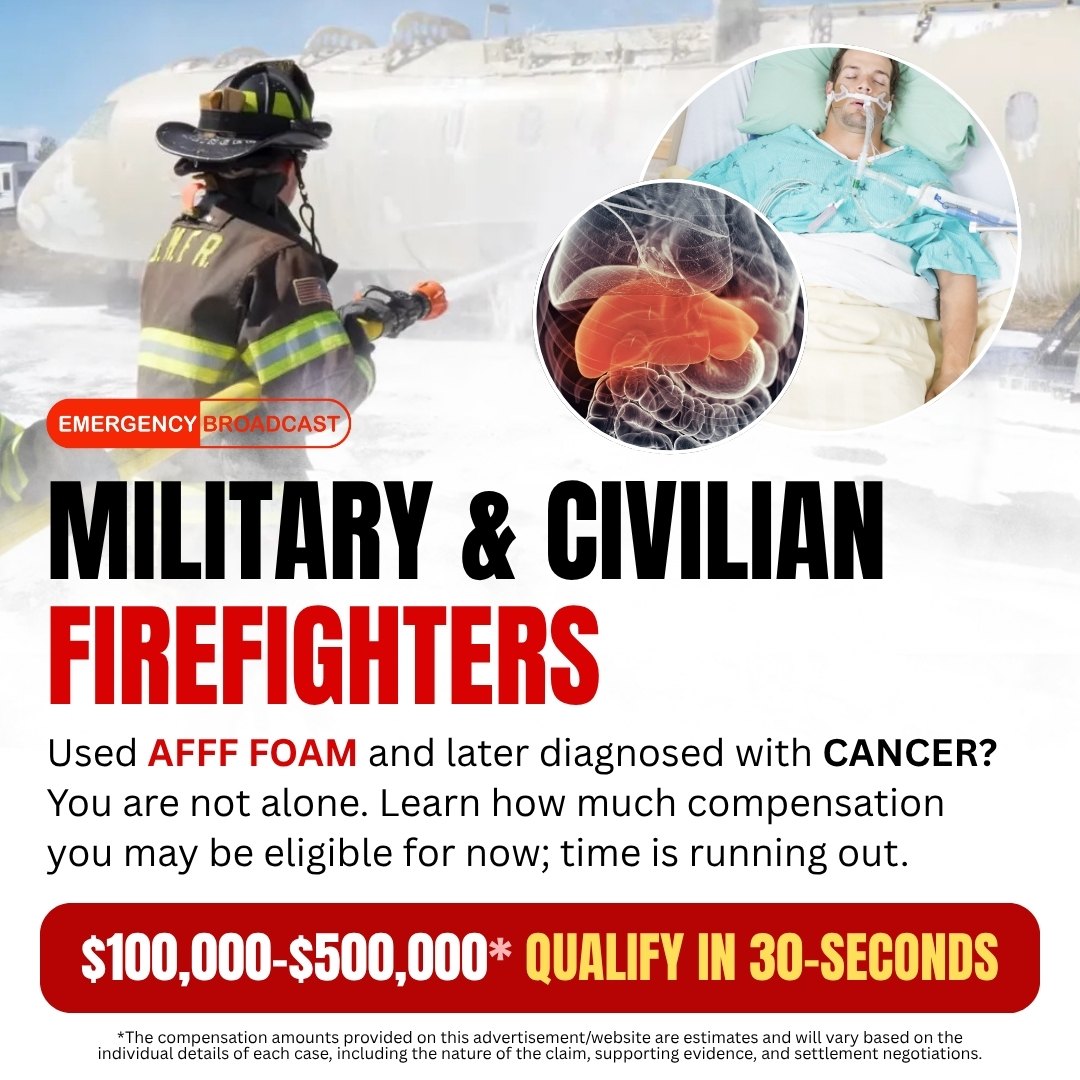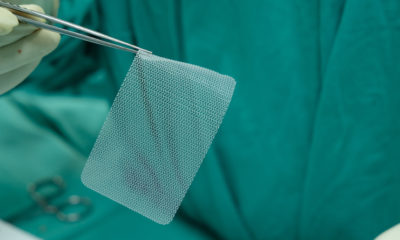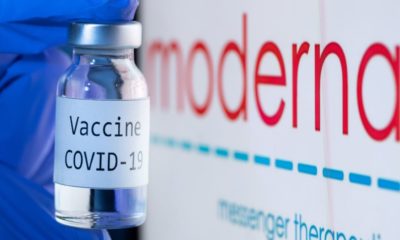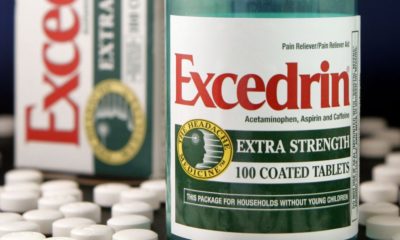Research shows that a baby may have a higher risk for developing asthma later in life when they are exposed to certain cleaning products during the first few months of their life.
The Link Between Asthma and Cleaning Products
The research was done at the Simon Fraser University located in Burnaby, British Columbia. According to the study, the reason for this increased risk comes from higher respiration rates in babies. They also spend most of their time indoors, which means they are exposed more. They also have ongoing contact with various household surfaces.
The study consisted of questionnaires that had been given out to parents of over 2000 infants exposed to products when they were between birth and four months old. The little ones had assessments done when they were three years old. These assessments tested for asthma as well as a heightened sensitivity to allergies and any recurrent wheezing.
The researchers stated that babies who had the most exposure had an increase in risk for asthma by the time they were three years old. However, the study didn’t provide conclusive evidence for cause and effect.
Parents reported that they used dishwashing liquid and dishwashing detergent, glass cleaners, laundry detergent and multi-surface cleaners. Sprays were associated with higher risks for wheezing and asthma along with scented products.
According to the researchers, they suggest that the chemicals used in the products may cause damage to the lining of the babies’ respiratory system. These chemicals may trigger an inflammation response from the immune system. Other factors were either eliminated or accounted for in the study. For example, secondhand smoke can increase the risk for asthma in children, and it was eliminated from the study.
Critics of the study say that it was limited. It didn’t accurately portray multiple ethnicities and define how much time the babies spent inside. The same lung testing done on adults in studies wasn’t done on the children. Another issue is determining whether the asthma is a lifetime issue or if the kids will outgrow it. Many children who show signs of asthma symptoms outgrow them as they reach adulthood.
Preventing Asthma and Asthma Attacks
For parents who are concerned about how these products could impact their little ones, the experts recommend using proper ventilation with any cleaning products. Choose products that aren’t scented and aren’t sprayed. Eco-friendly products are as good for people as they are for the environment, say advocates of safe cleaning products. Low VOC or volatile organic compounds are also a healthier choice.
The rates of asthma in children continue to go down, but it’s still a prevalent problem. According to the US Centers for Disease Control and Prevention (CDC) say that around 7 percent of white children and 16 percent of black children have the condition. Over half of them had an attack at least once in the year in 2016. One in six children with asthma visit the emergency room while one in 20 are hospitalized because of it.
It’s important for parents to be aware of potential causes and triggers to prevent serious and emergency medical issues in their children with asthma or other respiratory conditions. New studies are being done to determine what increases the risk for these health problems.
